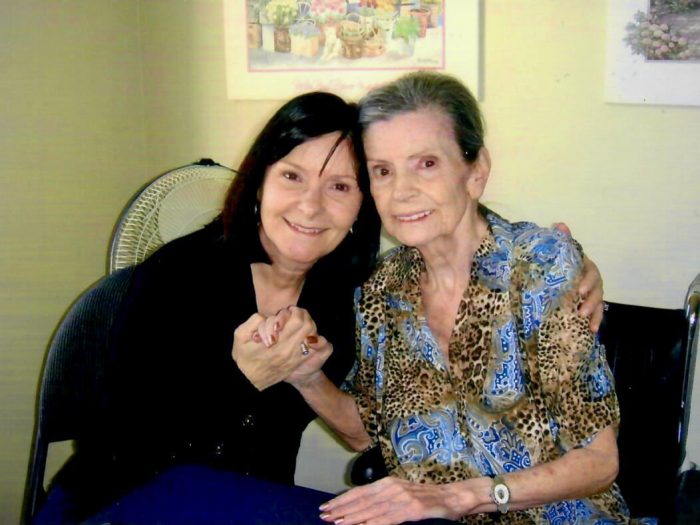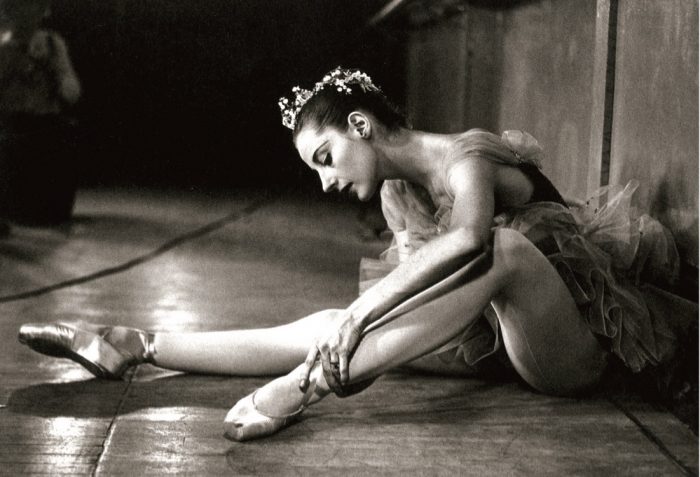Reviewed by Jeffrey Sanzel
“We can safely assume that one of the greatest threats to existence on the planet is distancing from the natural world.”
Karen Lloyd’s collection Abundance: Nature in Recovery (Bloomsbury Publishing) asks us to “bend closer” in viewing the planet. She wants the reader to see “the holes humans have created” during this current geological age (the Anthropocene). She uses her observations to “work out what [she’s] not been looking at but should have seen.” The book balances a healthy wonder with the perception of the losses incurred during the modern era and the destruction caused by human beings’ willful intent or, at the very least, ignorance.
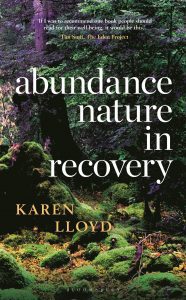 In fourteen intriguing essays, she addresses a host of issues. She concedes that often problems are “hyperobjects”— concepts, ideas, and things that are so vast as to evade intellectual and emotional grasp. These include the biosphere, climate breakdown, evolution, capitalism, and politics. What makes her writing exceptional is that while she acknowledges this limitation, it has not stopped her from exploring them with insight and depth, offering both simple and breathtaking awareness.
In fourteen intriguing essays, she addresses a host of issues. She concedes that often problems are “hyperobjects”— concepts, ideas, and things that are so vast as to evade intellectual and emotional grasp. These include the biosphere, climate breakdown, evolution, capitalism, and politics. What makes her writing exceptional is that while she acknowledges this limitation, it has not stopped her from exploring them with insight and depth, offering both simple and breathtaking awareness.
The book is unique in its point of view. It is not a traditional dissection of environmental issues. Instead, it is a mosaic of thoughts and experiences. Lloyd focuses on the ecological but draws on art, photography, poetry, history, and personal anecdotes to build her case. Hers is an unusual, affecting, and effective approach. Her language is vivid and rich, even dealing with the depletion of the landscape and the entanglement resulting from modern encroachment. But, always, her anthem is that the natural world should be the center of our existence.
Her consideration of wildlife drives much of Abundance. She regards animals both as they are and in an anthropomorphized stage. When describing eight American brown pelicans rescued from an oil spill in the Gulf of Mexico, she sees, “the disposition of the pelicans is that of a Pieta, although without the central protagonist.” For Lloyd, the “act to save birds and other species from ruination caused by humans is not only a profound sense of engagement with our imagination but illustrates that human agency is also the dynamic of repair.”
She cites a range of examples of organizations repairing the damage, like the Wolves in the Netherlands Project, which is about coexistence. Here, Lloyd brings up the issue of doing as opposed to “we can talk about anything as long as we don’t have to live with it.” She details her scrutiny of birds and beavers and the many impacts of the “man-made mess.” Each account, whether pastoral or harrowing, is a visceral reminder to witness: “At what point did it begin to form, this void inside us that caused us to forget how to see?”
Engagement is the cornerstone and foundation, urging people to let their children experience the natural world and not through a screen. She recounts her adventures with a contrast of hard facts and beautiful metaphors, frank observations, and lyrical expression. As indicated, Lloyd highlights the human need for comparison. “To make allegiances between images and ideas. To render the metaphysical, the supra-human in form and word.” Thus, vultures look like Lawrence Olivier got up as Richard the third. Lapwings sport Robin Hood caps. A black-winged stilt summons the image of Audrey Hepburn. A pair of hoopoes flare like Incan gods. Her frustration with misinformation reveals a wit that tips towards gallows humor as in the discussion of Mr. Beaver in The Lion, the Witch, and the Wardrobe, followed by hilarious but pointed imaginary discussion between beavers fleeing their home.
Enjoying a plate of olives on a beautiful Friday night, she wants to forget the danger new olive plantations represent to the bird population because of the drying of the land. She learns that wind turbines designed to fight climate change pose are a threat to the avian population. “… Electricity is progress, and green energy is more progress still. Even though there will always be a cost, I’ve chosen to be more upfront with myself about this. I still want electricity. I still want to eat olives.”
She is unusual and unusually brave in her honesty and continues to unpack the big questions. Whether meditating on the extinction of a species in our time, analyzing agribusiness, or pondering predator control, she never loses sight of the contradictions and complexities. There is raw bravery in both her awe and exasperation.
Ultimately, it comes down to this: “Consider the situation from all sides. Keep hold of the bigger picture. Tune out the interference and the white noise. Tune in to the ways and means in which the landscape communicates. Pay attention to what it needs to perform its work efficiently.” Lloyd’s thoughts, hopes, and perspectives are complicated. But they are a valuable reminder to open our eyes and minds to the world we have … while we still have it.
Pick up a copy online at www.Amazon.com or www.BarnesandNoble.comm.






 But a cloud steals into her happy life when her father is in danger of losing his company to a sinister corporation, the Black Turtle Group. Her Hong Kong trip to save his business and career takes her on a six-day quest. Accompanied by her mother and brother, she encounters a cast of characters who both support and foil her in turn. Among those she encounters is Mr. Han, the wise and slightly whimsical gentleman who may or may not be a benevolent figure.
But a cloud steals into her happy life when her father is in danger of losing his company to a sinister corporation, the Black Turtle Group. Her Hong Kong trip to save his business and career takes her on a six-day quest. Accompanied by her mother and brother, she encounters a cast of characters who both support and foil her in turn. Among those she encounters is Mr. Han, the wise and slightly whimsical gentleman who may or may not be a benevolent figure.
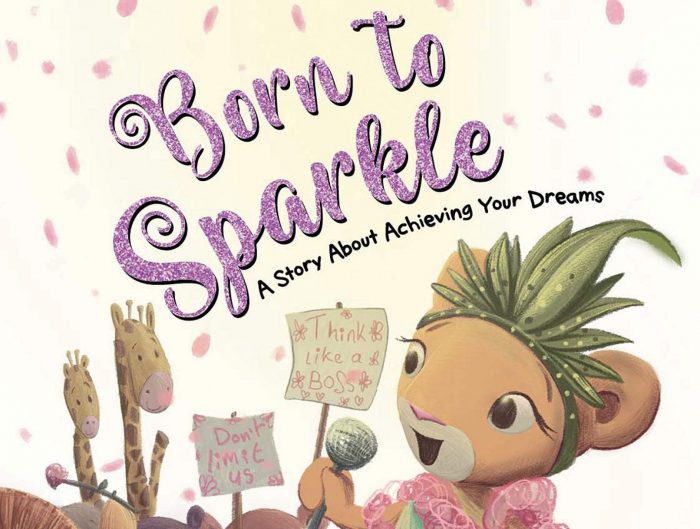

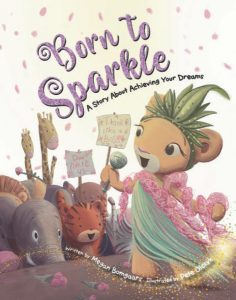
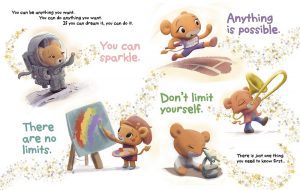 What did you like about putting the book together?
What did you like about putting the book together? 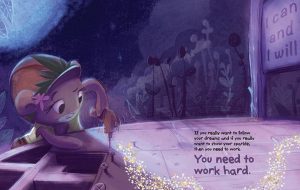 What was it like when you got the finished book?
What was it like when you got the finished book?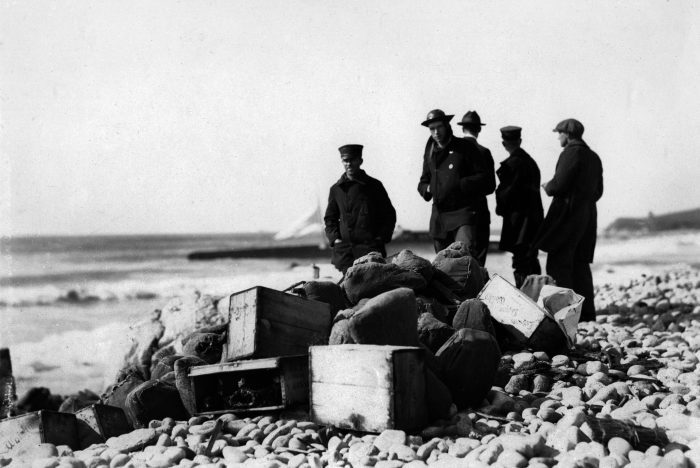
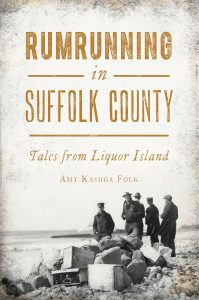
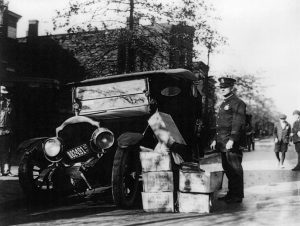



 Robbins wisely eschews the easy, idyllic family life for one of constant challenges, exacerbated by Sam’s father’s passing and his elder brother’s return. Always in the background is the hope of America—the land where the streets are paved with gold. At age eighteen, Sam escapes the family (as well as dodge army service), ending up destitute in Prague, only to return home. With his second attempt at liberation, he spends time in Germany before crossing the Atlantic and jumping ship in Montreal. The book is a Brave New World adventure story, a unique take on “Go West, young man.”
Robbins wisely eschews the easy, idyllic family life for one of constant challenges, exacerbated by Sam’s father’s passing and his elder brother’s return. Always in the background is the hope of America—the land where the streets are paved with gold. At age eighteen, Sam escapes the family (as well as dodge army service), ending up destitute in Prague, only to return home. With his second attempt at liberation, he spends time in Germany before crossing the Atlantic and jumping ship in Montreal. The book is a Brave New World adventure story, a unique take on “Go West, young man.”


